Most walks in the British countryside will take you past, over or in sight of a rural bridge. Some cross canals and rivers, while others were built to span gaps in deep valleys or to pass safely over railway lines.
Britain's rural bridges come in all shapes and sizes, some are old, arched and made of local stone, while others are long, metal and span great distances over wide rivers. But why were they built? When were they built? And how are they used today?
Our guide explores the many different types of bridges that can be found in the countryside. We take a look at six varieties of traditional rural bridge, before revealing some of the most spectacular bridges to visit on your next walk in the countryside.
Traditional rural bridge designs
Clapper bridge
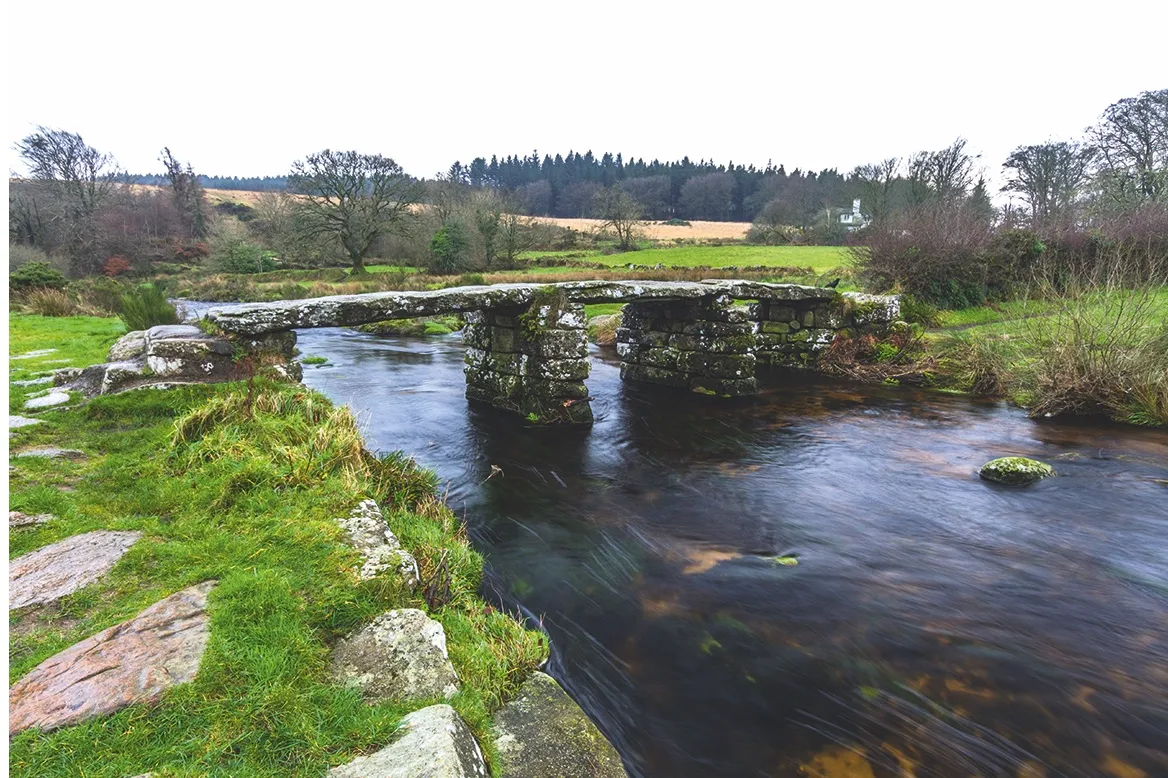
Although prehistoric in appearance, many examples date from the Middle Ages or later and have often been rebuilt. They’re mainly found in areas where suitable materials were easy to come by, such as the Pennines and Dartmoor (above).
Single-span bridge
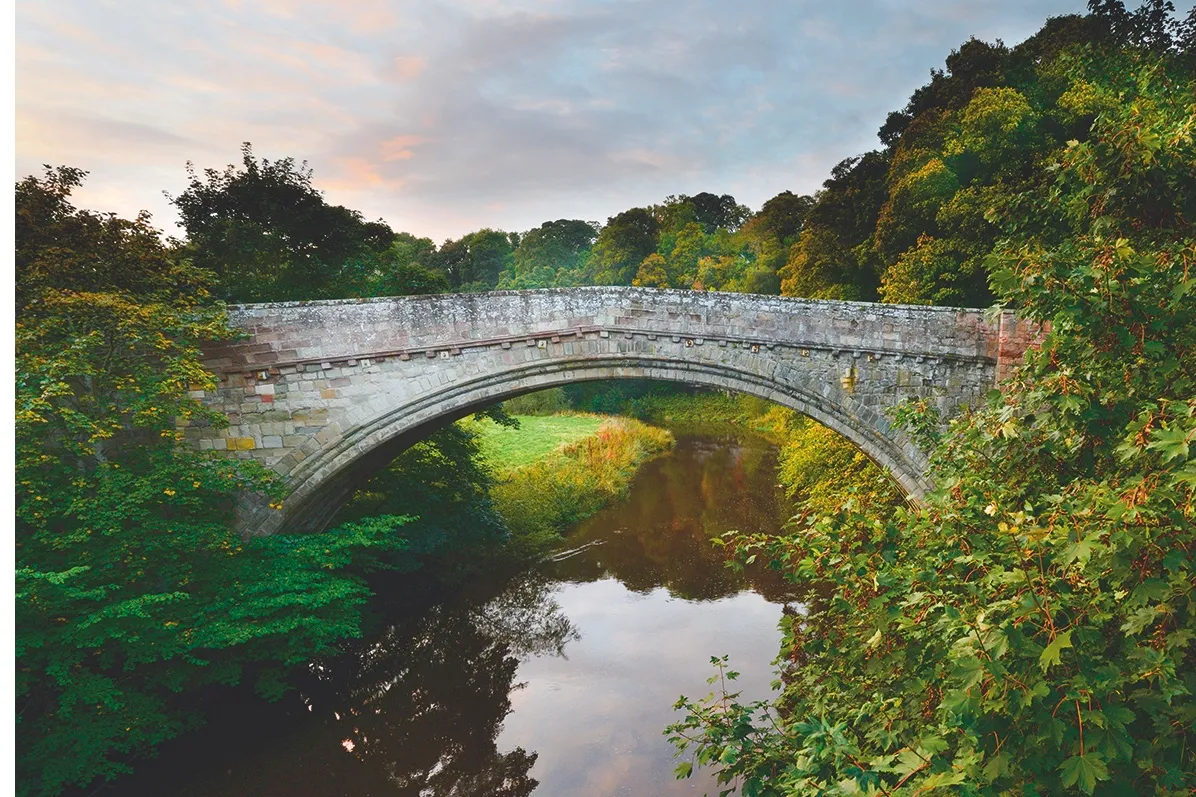
The single arch transfers the weight of the bridge and whatever’s on it into a horizontal thrust, which is held by the abutments on the two banks. With a 90-foot arch, Twizel Bridge in Northumberland is the largest medieval single-span bridge in the country.
Canal bridge
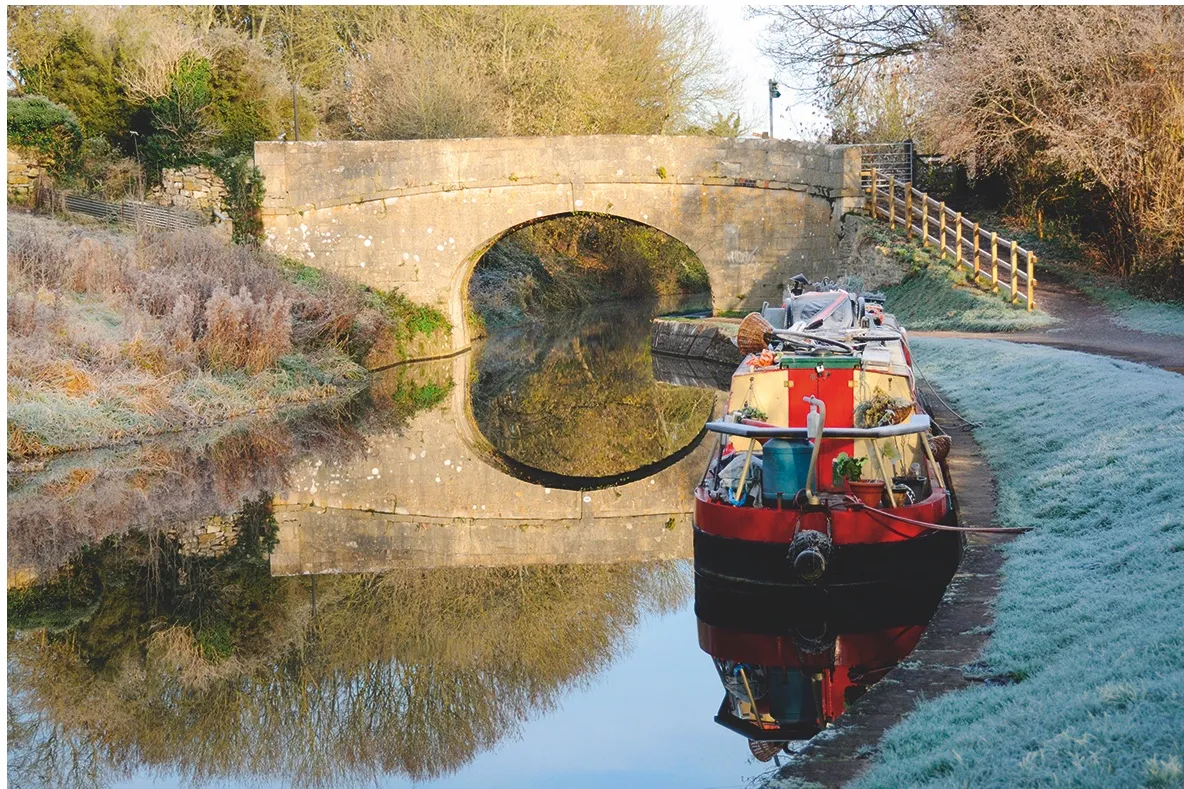
Because canals often cut across estates, farmlands and existing roads, large numbers of bridges were built to solve the problem. Many are hump-backed with a high single arch to allow barges and the horses that pulled them to pass underneath.
Suspension bridge
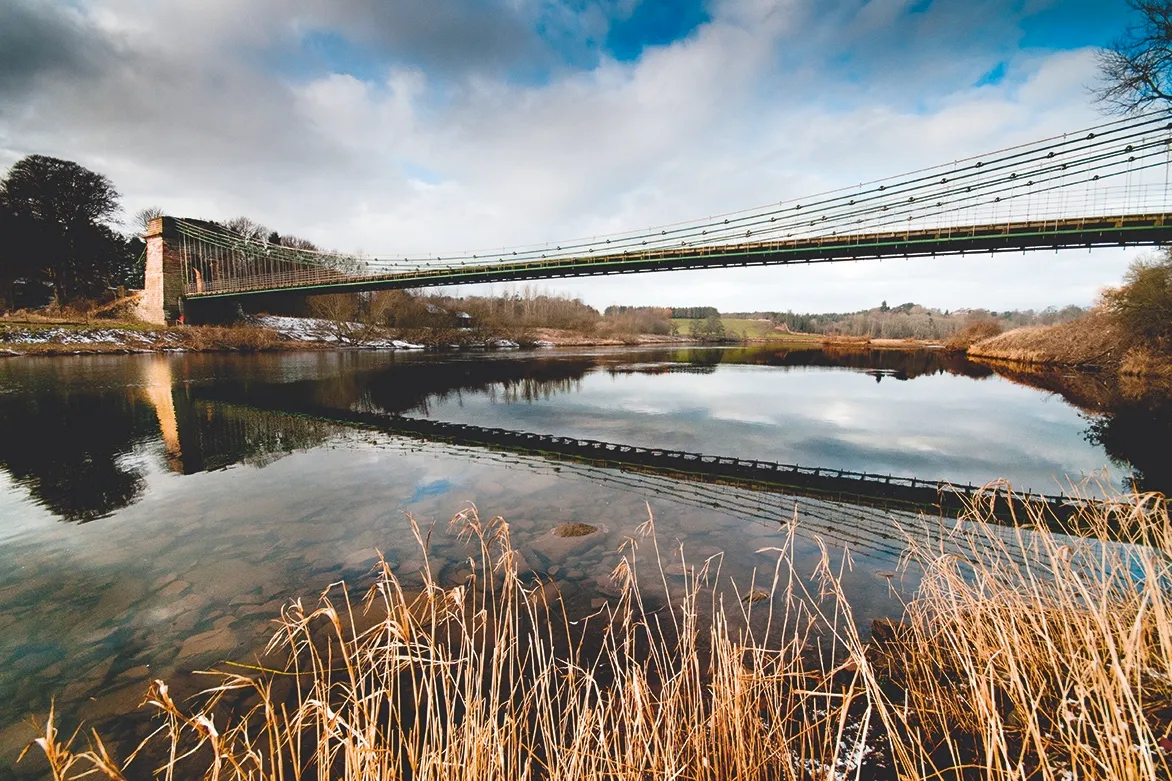
By using cables held up by towers to shift weight to an ‘anchorage’ at either end, suspension bridges can span large widths far more cheaply than a masonry bridge. Britain’s first road suspension bridge was built across the Tweed in 1819–20 (above).
Bascule bridge
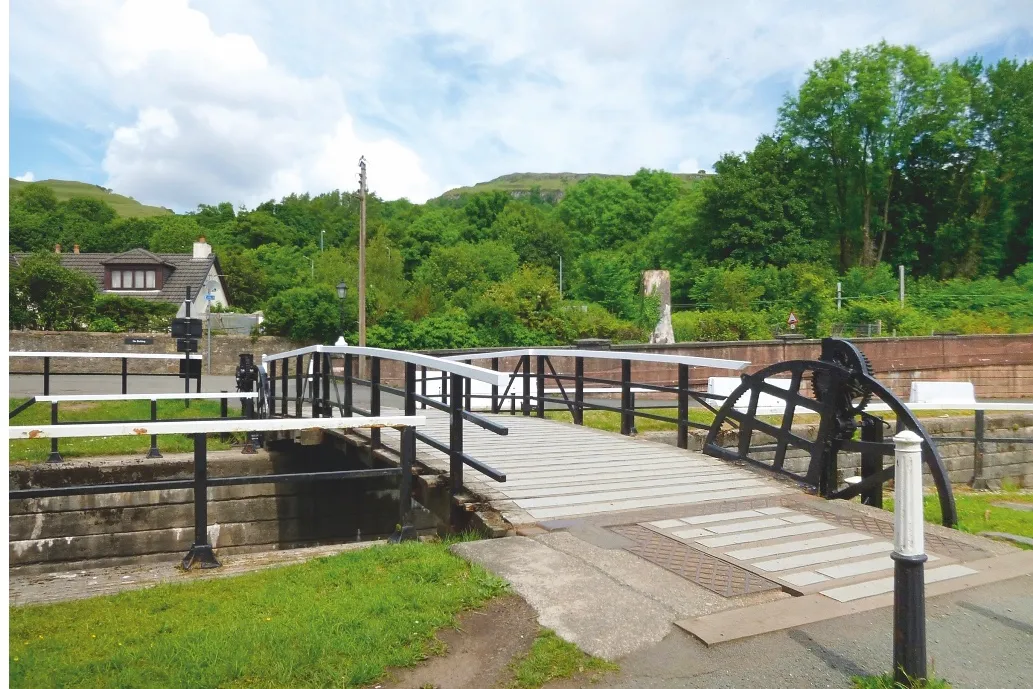
These bridges have one or two counterweighted leaves that can pivot upward to allow boats to pass through. They vary in size, from London’s enormous Tower Bridge to small, hand-operated affairs on some of Britain’s canals.
Multi-span bridge
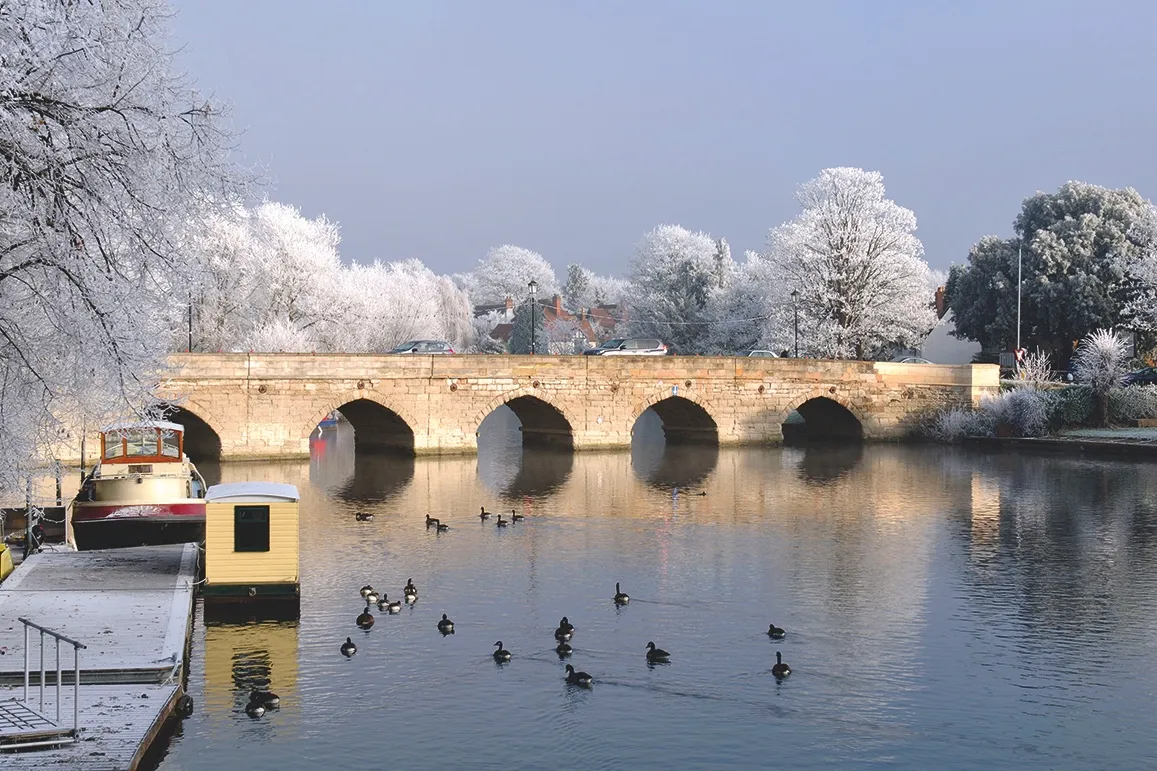
Weight is transferred by the arches to the bridge’s supporting piers. Initially they were made of timber, but after the Norman Conquest stone was frequently used. Many are still in use, such as Clopton Bridge in Stratford-upon-Avon (above).
River bridges to visit in the countryside
Draynes Bridge, Cornwall
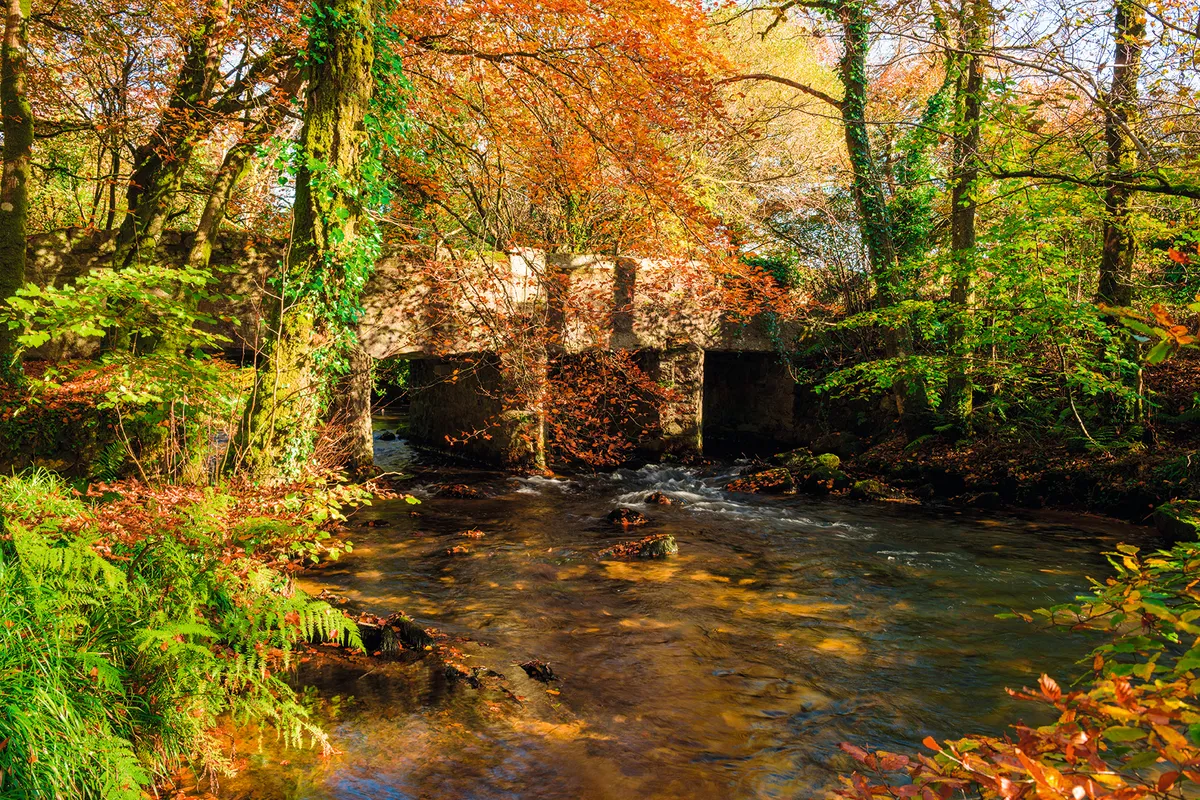
On the southern edge of Bodmin Moor lies the ancient oak woodland that forms the Golitha Falls National Nature Reserve. Here the River Fowey spills through lichen-clad glades having first slipped beneath Draynes Bridge. Built from local granite in 1876, the beam structure suits the wild atmosphere perfectly.
Biblins Bridge, Herefordshire
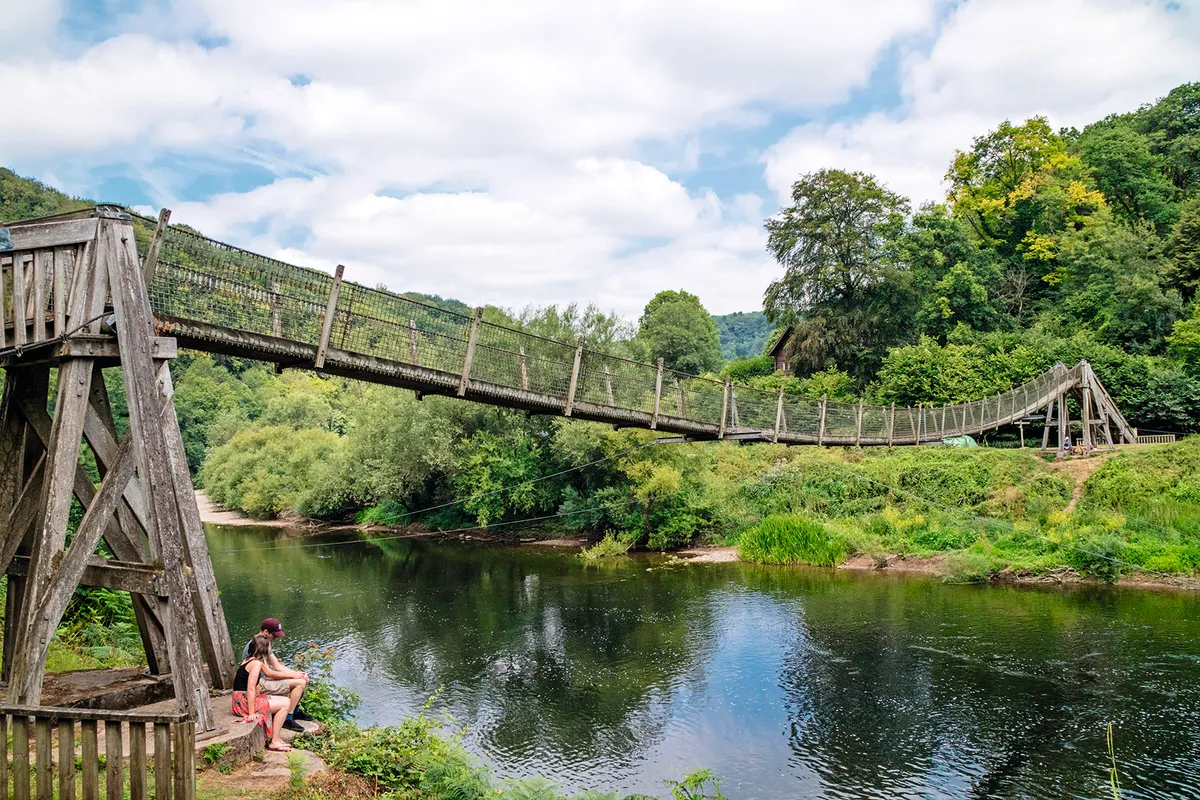
Constructed in the late 1950s, Biblins Bridge is not for the faint-hearted. Situated in one of the most spectacular parts of the Wye valley, this rope suspension bridge is popular with walkers visiting Symonds Yat and offers views of the spectacular autumn woodland reflected in the river below.
Foley’s Bridge, County Down
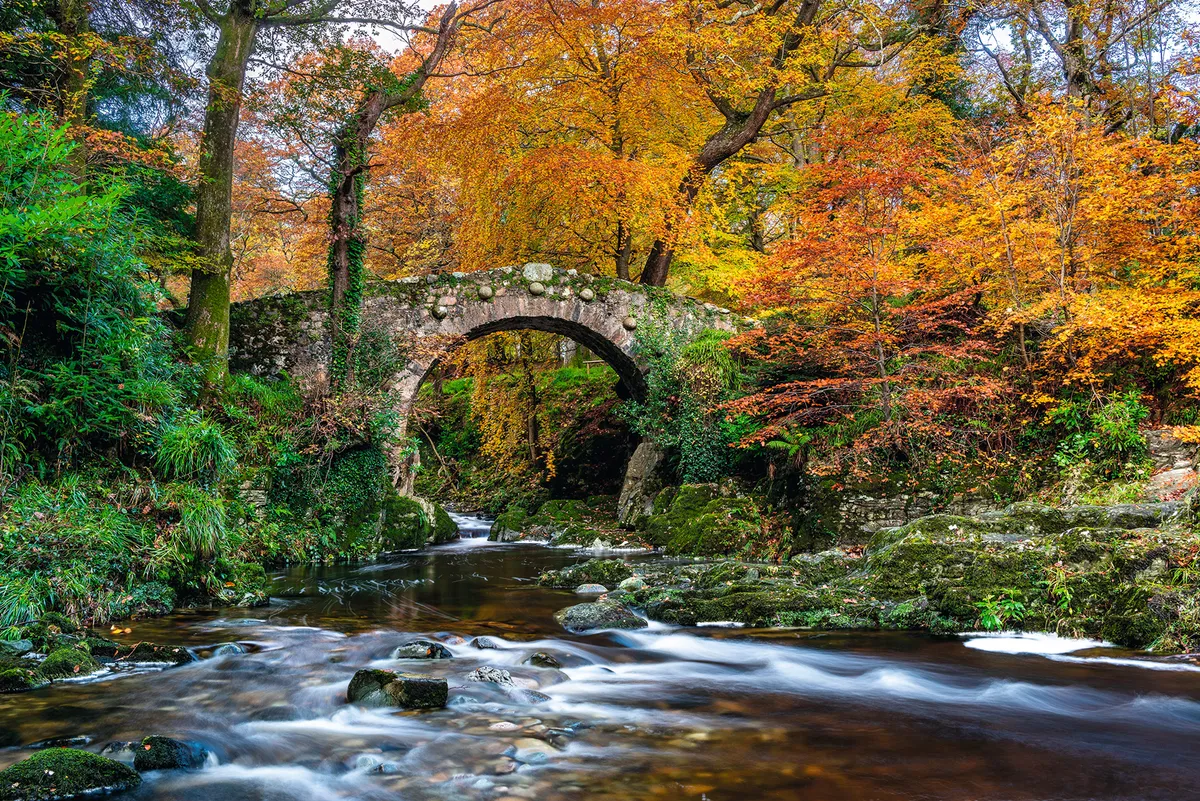
Foley’s Bridge is one of 16 to span the River Shimna in Tollymore Forest Park. Built by James Hamilton in 1787, the Gothic style looks particularly striking against the reds and golds of the autumn woodland backdrop. You may recognise it, as it was used as a filming location for the TV series Game of Thrones.
Yarm Bridge, North Yorkshire
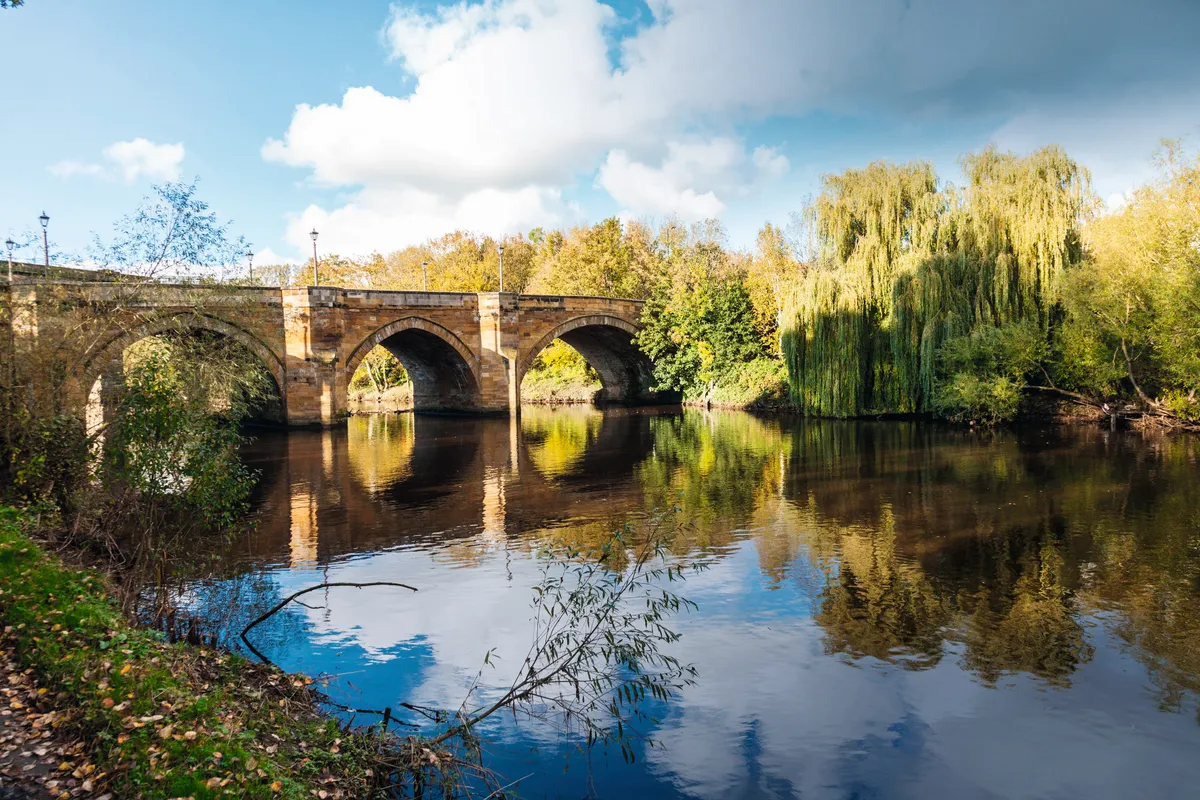
Before 1825, the 15th-century bridge that spans the River Tees between Yarm and Egglescliffe would close on Sundays. As midnight drew nearer, carts would line up on the Yarm side, waiting to collect coal from the Durham mines. Wander along the western side of the road bridge in autumn and gaze out beyond tawny tree canopies towards another engineering marvel, Yarm Viaduct, a 690m-long redbrick railway bridge consisting of 43 arches.
Garry Bridge, Perthshire
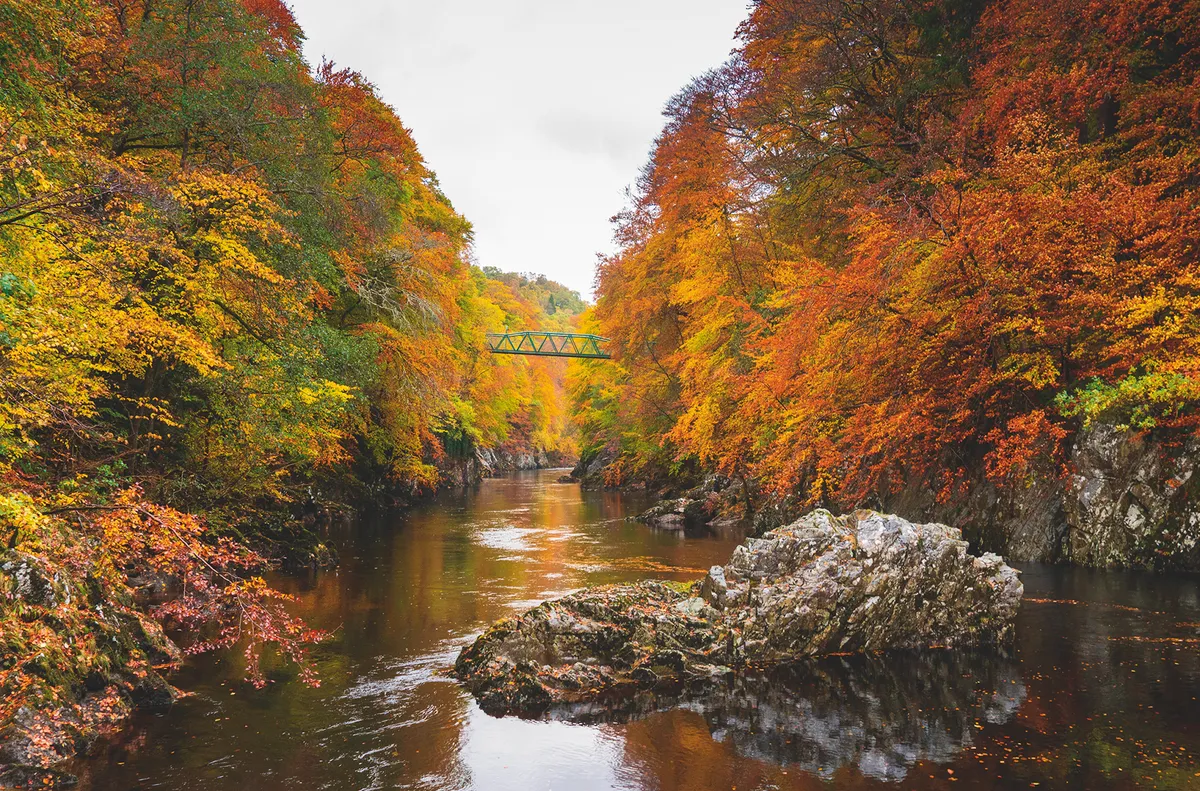
Although popular with bungee-jumpers, most visitors to Garry Bridge in Perthshire pause simply to admire the view. The original crossing was built as a vital link to Rannoch Moor but was dangerous to traffic; Garry Bridge replaced it in 1969. The wooded gorge, carved deep by the River Garry, is as dramatic in appearance as it once was to cross.
Abbey Bridge, County Durham
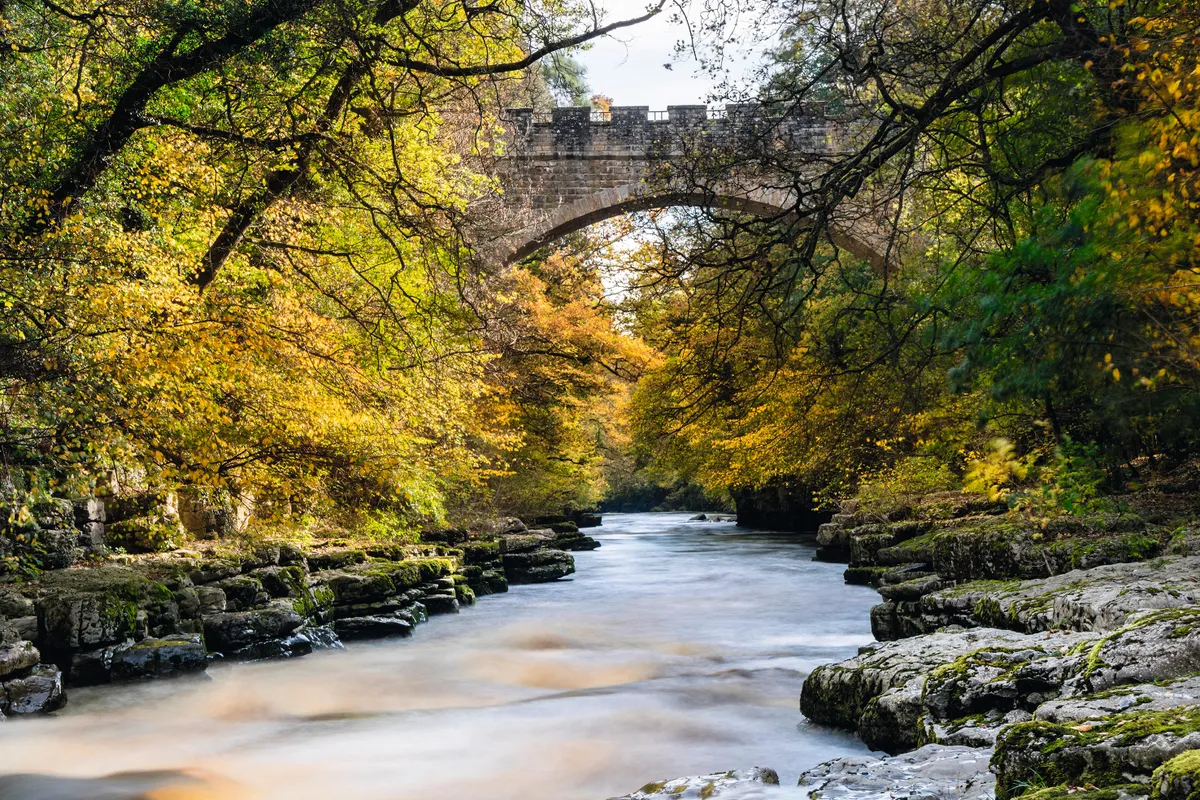
This single-arch stone bridge, constructed in 1773 by JS Morritt, then-owner of the Rokeby Estate, is situated near the ruin of Egglestone Abbey a mile downstream from the town of Barnard Castle.Its castellated parapets offer superb views of this steep-sided stretch of the River Tees.
Pontcysyllte Aqueduct, Wrexham
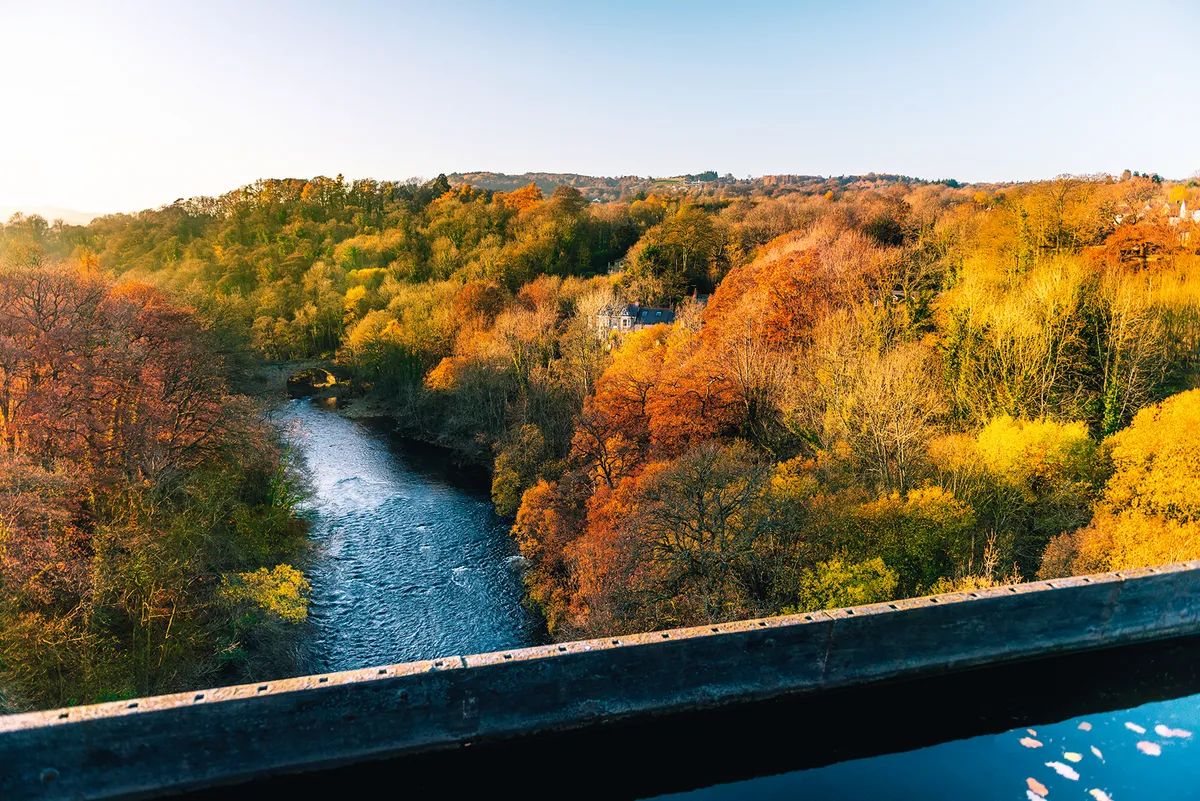
Completed in 1805 and designed by Thomas Telford and William Jessop, this 300-metre-long aqueduct carries the Llangollen Canal and is a UNESCO World Heritage Site. Cross it by foot and enjoy the expansive autumn colours of the Dee Valley nearly 40m below.
